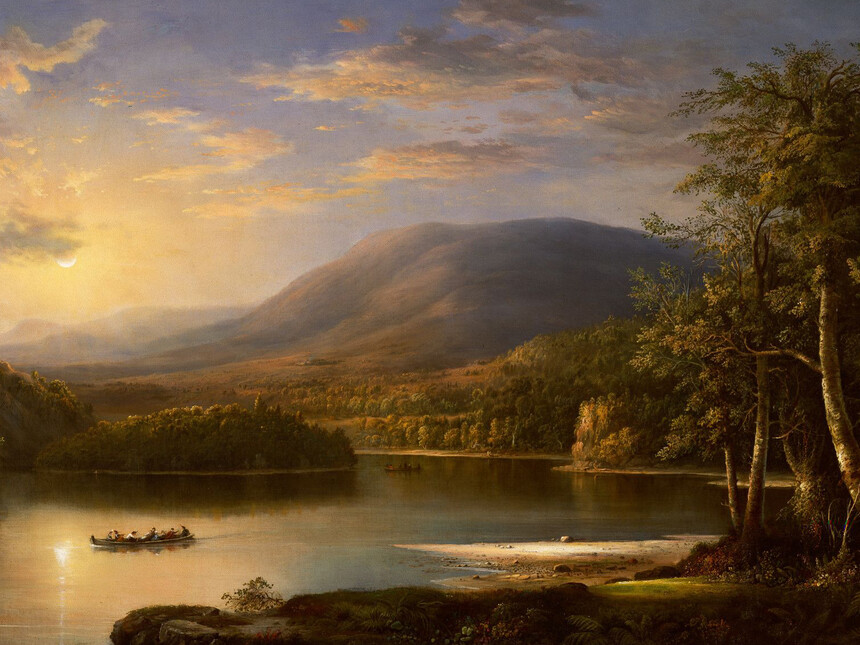Reimagining African American Art at the Detroit Institute of Arts
The Detroit Institute of Arts (DIA) has always been a beacon of cultural preservation and artistic expression, but its commitment to African American art is especially significant. This dedication took root in 1943 when the museum began to collect works by African American artists. Over the decades, this commitment has evolved into a vibrant collection that serves as a testament to the rich tapestry of African American culture and creativity.
Establishing a Dedicated Space: The Center for African American Art
In the year 2000, recognizing the importance of African American contributions to the art world, the DIA established the Center for African American Art. This move symbolized more than just a physical space; it represented a prioritization of cultural narratives that had historically been sidelined. In 2001, the DIA made another pioneering step by appointing the first curator solely dedicated to African American art in an encyclopedic American museum. This landmark appointment signaled a deeper institutional commitment to celebrate and amplify these crucial artistic voices.
A Transformative Reinstallation
Fast forward to 2025, the DIA is set to unveil an exciting transformation in its galleries focused on African American art, marking the first major reinstallation since 2007. Scheduled to open on October 18, 2025, this new iteration, titled Reimagine African American Art, promises not only to refresh existing displays but also to introduce new acquisitions into the fold. The galleries will now reside in one of the museum’s most prominent spaces, right next to the renowned Rivera Court, enhancing visibility and accessibility for all visitors.
A Journey Through Time: Key Historical Movements
The reimagined galleries will provide an expansive timeline tracing the evolution of African American art from the 1800s through the 1980s. This historical arc is significant, as it highlights the challenges that early African American artists faced in establishing themselves within a predominantly white art world. Visitors will gain insight into how these artists broke barriers and paved the way for future generations, ultimately achieving greater national and international recognition.
Four dedicated galleries will explore pivotal movements in African American art history, providing a comprehensive narrative. The Harlem Renaissance emerges as a focal point, showcasing the explosion of cultural creativity in the 1920s that celebrated Black identity and artistic expression. Alongside this, the Social Realism movement will be featured, demonstrating how artists used their work to comment on social injustices and the experiences of African Americans.
The Civil Rights era will further highlight a time of unprecedented social change, with art serving as a powerful vehicle for activism and reflection. Finally, the Black Arts Movement will underline how artists sought to redefine Black identity and artistry in the latter half of the 20th century.
A Diverse Array of Media
The reinstalled galleries will not only feature paintings but also a variety of media, including drawings, prints, photography, and sculpture. This diversity is crucial for portraying the multifaceted nature of African American artistic expression. Each medium offers a different lens through which to understand the themes of resilience, identity, and cultural heritage that pervade the collection. Whether it’s the striking imagery in a painting or the poignant storytelling captured in a photograph, the artworks come together to create a holistic narrative of African American history and creativity.
An Educational Resource
As the DIA reopens its African American galleries, it also positions itself as an educational resource for the community. The thoughtful organization of the exhibitions will not only engage seasoned art lovers but will also invite newcomers to learn and reflect on the richness of African American culture. Programs and workshops accompanying the exhibit will further enhance understanding and appreciation, allowing visitors to engage with the themes presented in meaningful ways.
In celebration of the archive’s resurgence, the museum will encourage dialogue around representation within the arts, inviting diverse voices to contribute to the ongoing conversation about identity and creativity in America.



